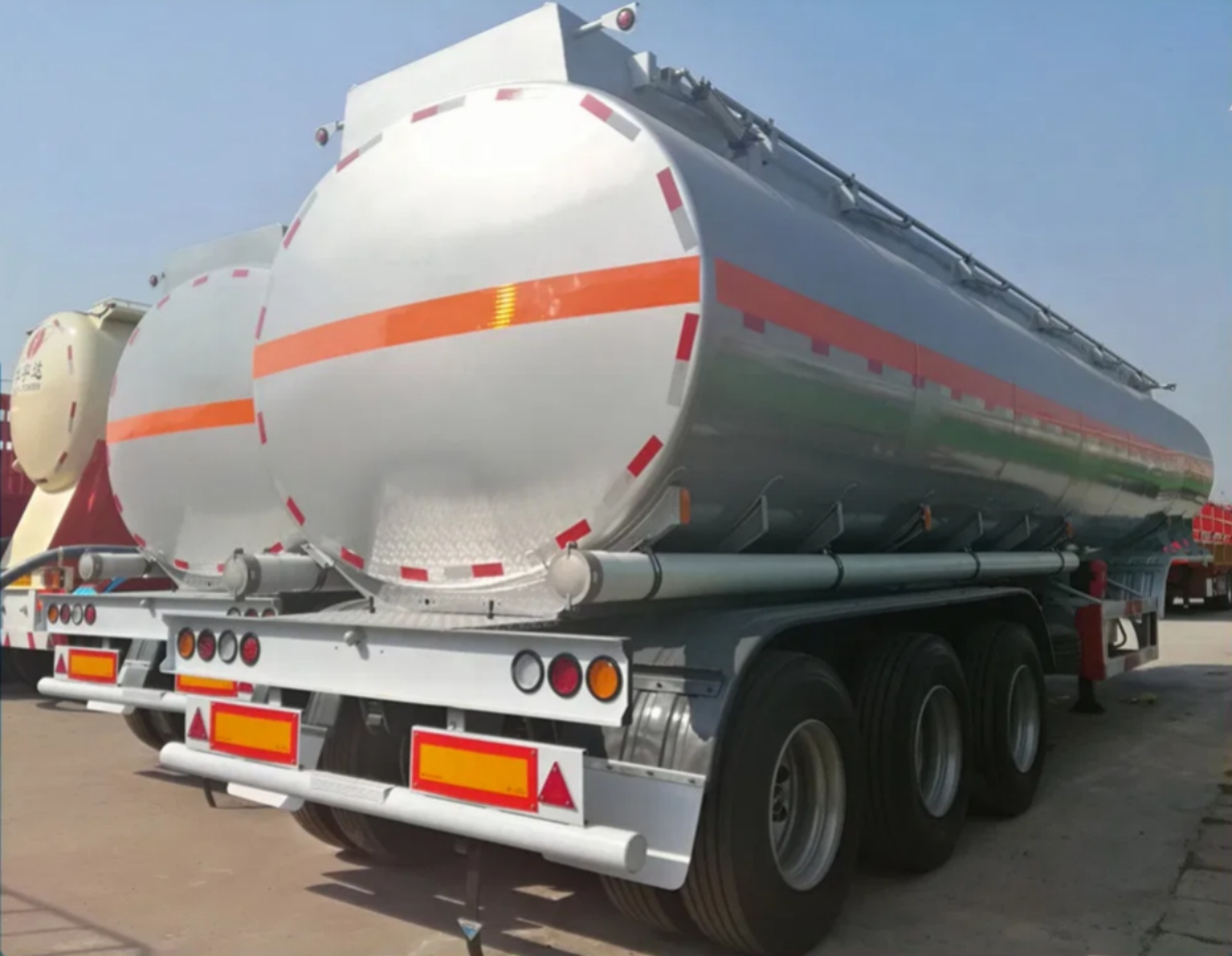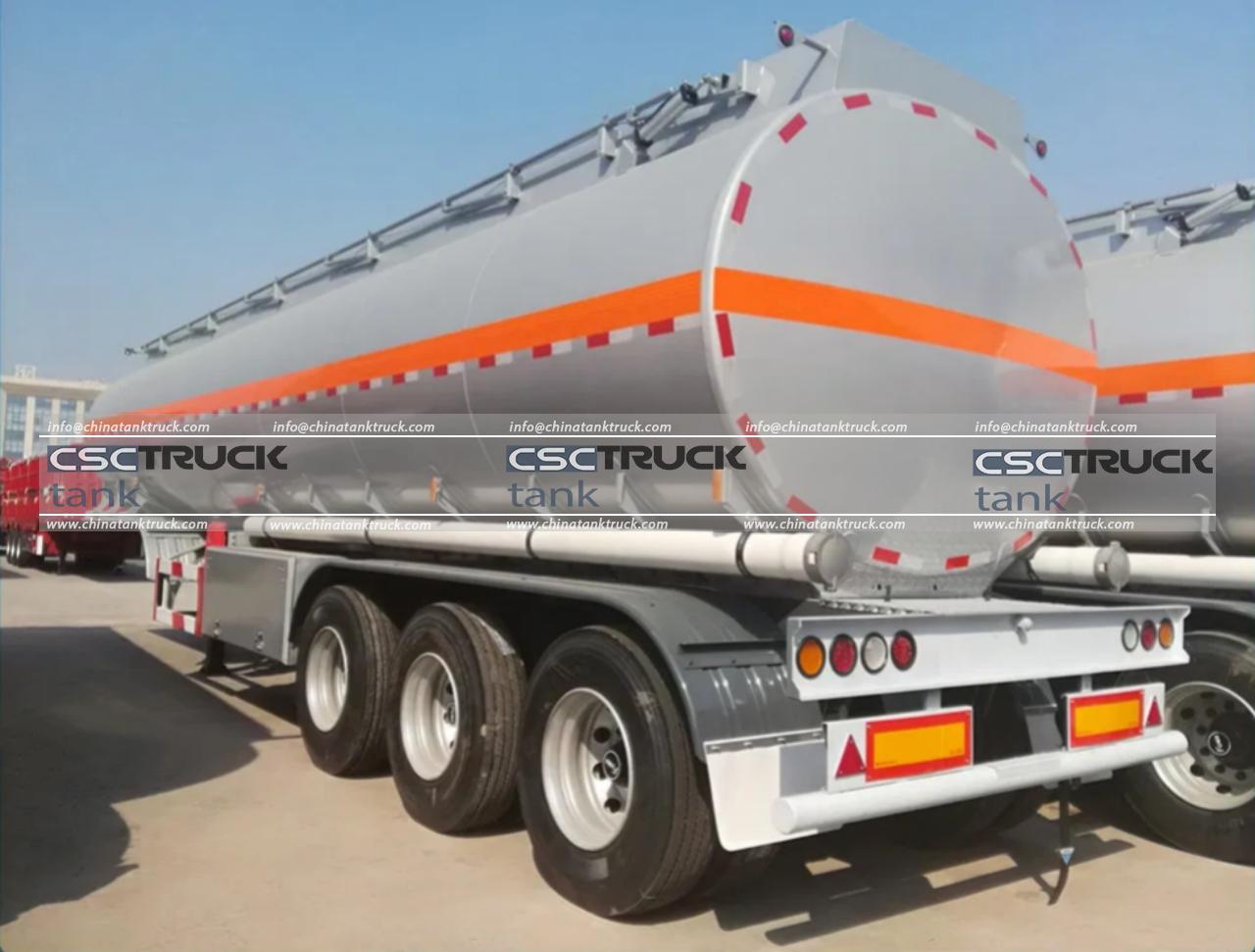Introduction
Water tank semi-trailers are essential equipment in industries such as agriculture, construction, firefighting, and municipal services. These trailers are designed to transport and distribute large volumes of water efficiently, making them indispensable for operations requiring bulk water supply. This article explores the key benefits, features, and maintenance tips to ensure optimal performance and longevity of water tank semi-trailers.
Key Benefits of Water Tank Semi-Trailers
1. High-Capacity Water Transportation
Water tank semi-trailers provide a practical solution for transporting large amounts of water over long distances. Their high capacity, typically ranging from 5,000 to 12,000 gallons, ensures a reliable water supply for remote locations and critical operations.
2. Versatility in Applications
These trailers serve a variety of industries, including:
- Agriculture: Irrigation, livestock watering, and dust suppression.
- Construction: Concrete mixing, dust control, and soil compaction.
- Firefighting: Emergency water supply in fire-prone areas.
- Municipal Services: Street cleaning, public sanitation, and water distribution during shortages.
3. Efficiency and Cost-Effectiveness
Using a water tank semi-trailer reduces the need for multiple trips to transport water, improving operational efficiency and cutting fuel costs. Additionally, having a dedicated water transportation system minimizes reliance on external suppliers, lowering overall expenses.
4. Durability and Longevity
Manufactured from high-quality materials such as stainless steel, aluminum, or reinforced polyethylene, these trailers are built to withstand harsh environments, chemical exposure, and mechanical stress, ensuring a long service life.
5. Customization Options
Manufacturers offer customization options to meet specific needs, including:
- Spray systems for dust control
- Baffles to reduce water movement and improve stability
- Insulated tanks for extreme temperature conditions
- Multiple compartments for carrying different liquids

Key Features of Water Tank Semi-Trailers
1. Tank Material and Construction
Water tank semi-trailers are available in different materials, each offering unique benefits:
- Stainless Steel: Corrosion-resistant, ideal for potable water and industrial applications.
- Aluminum: Lightweight and corrosion-resistant, suitable for transporting large volumes efficiently.
- Polyethylene (Plastic): Cost-effective and resistant to chemical reactions.
- Carbon Steel with Lining: Strong and durable, often coated to prevent rust and contamination.
2. Tank Capacity and Shape
Water tank semi-trailers are designed with different capacities, typically ranging from 5,000 to 12,000 gallons. The tank shape also varies:
- Elliptical: Provides a lower center of gravity for stability.
- Cylindrical: Maximizes capacity and ensures even weight distribution.
- Rectangular: Offers structural advantages for certain applications.
3. Pumping and Discharge Systems
A reliable pumping system is crucial for efficient water loading and unloading. Water tank semi-trailers come with:
- Centrifugal Pumps: Commonly used for high-flow applications.
- Positive Displacement Pumps: Ideal for controlled water discharge.
- Gravity Flow Systems: A cost-effective solution for certain applications.
4. Baffles for Stability
Internal baffles help reduce water sloshing, which enhances stability during transportation. This feature is essential for improving vehicle control and reducing the risk of rollovers, especially when maneuvering through rough terrain.
5. Safety and Compliance Features
Regulatory compliance is crucial for operating water tank semi-trailers. Key safety features include:
- Pressure Relief Valves: Prevent over-pressurization.
- Emergency Shutoff Systems: Essential for quick response in case of leaks.
- Reflective Markings and Lighting: Ensure visibility in low-light conditions.
- Anti-Surge Baffles: Minimize fluid movement for better stability.
6. Axles and Suspension
A robust axle and suspension system enhances load distribution and ride comfort. Most water tank semi-trailers use:
- Spring Suspension: Cost-effective and suitable for general applications.
- Air Suspension: Provides smoother rides and reduces wear on the trailer.
- Multi-Axle Configurations: Distribute weight evenly for better road stability.
7. Hose and Spray System Attachments
Many water tank trailers are equipped with hose reels, spray bars, and nozzle attachments to accommodate various applications such as dust control, firefighting, and irrigation.
Maintenance Tips for Water Tank Semi-Trailers
1. Regular Cleaning and Inspection
To maintain hygiene and prevent contamination, water tanks should be regularly cleaned. Use appropriate cleaning agents and inspect for signs of:
- Rust or Corrosion: Especially in metal tanks.
- Cracks or Leaks: Check for structural damage.
- Algae Growth: Common in polyethylene tanks exposed to sunlight.
2. Pump and Hose Maintenance
The pumping system and hoses must be frequently checked for wear and tear. Ensure:
- Hoses are free from cracks and leaks.
- Pumps operate efficiently without clogging.
- Valves and fittings are secure.
3. Check and Maintain Baffles
Baffles play a critical role in stability. Regular inspections ensure they remain intact and functional to prevent excessive water movement during transport.
4. Monitor Suspension and Axles
Since water tank semi-trailers carry heavy loads, it’s essential to:
- Check axle alignment and suspension for signs of wear.
- Lubricate moving parts regularly.
- Ensure tires are properly inflated to prevent uneven wear.
5. Ensure Compliance with Safety Standards
Regular inspections should confirm adherence to safety regulations, including:
- Brake system functionality.
- Reflective markings and lighting conditions.
- Properly functioning emergency shutoff systems.
6. Winterizing the Trailer
In colder climates, proper winterization prevents damage caused by freezing temperatures. This includes:
- Draining water after use to prevent ice formation.
- Using antifreeze in the pump system if necessary.
- Insulating hoses and valves to prevent freezing.

Conclusion
Water tank semi-trailers play a vital role in various industries by providing efficient water transportation solutions. Their high capacity, versatility, and durability make them an excellent investment for businesses that require bulk water transport. By understanding the key features and implementing proper maintenance strategies, operators can ensure these trailers remain reliable, safe, and efficient for years to come. Proper care and adherence to safety guidelines will not only extend the lifespan of the trailer but also enhance operational efficiency, reducing downtime and costs associated with repairs.

